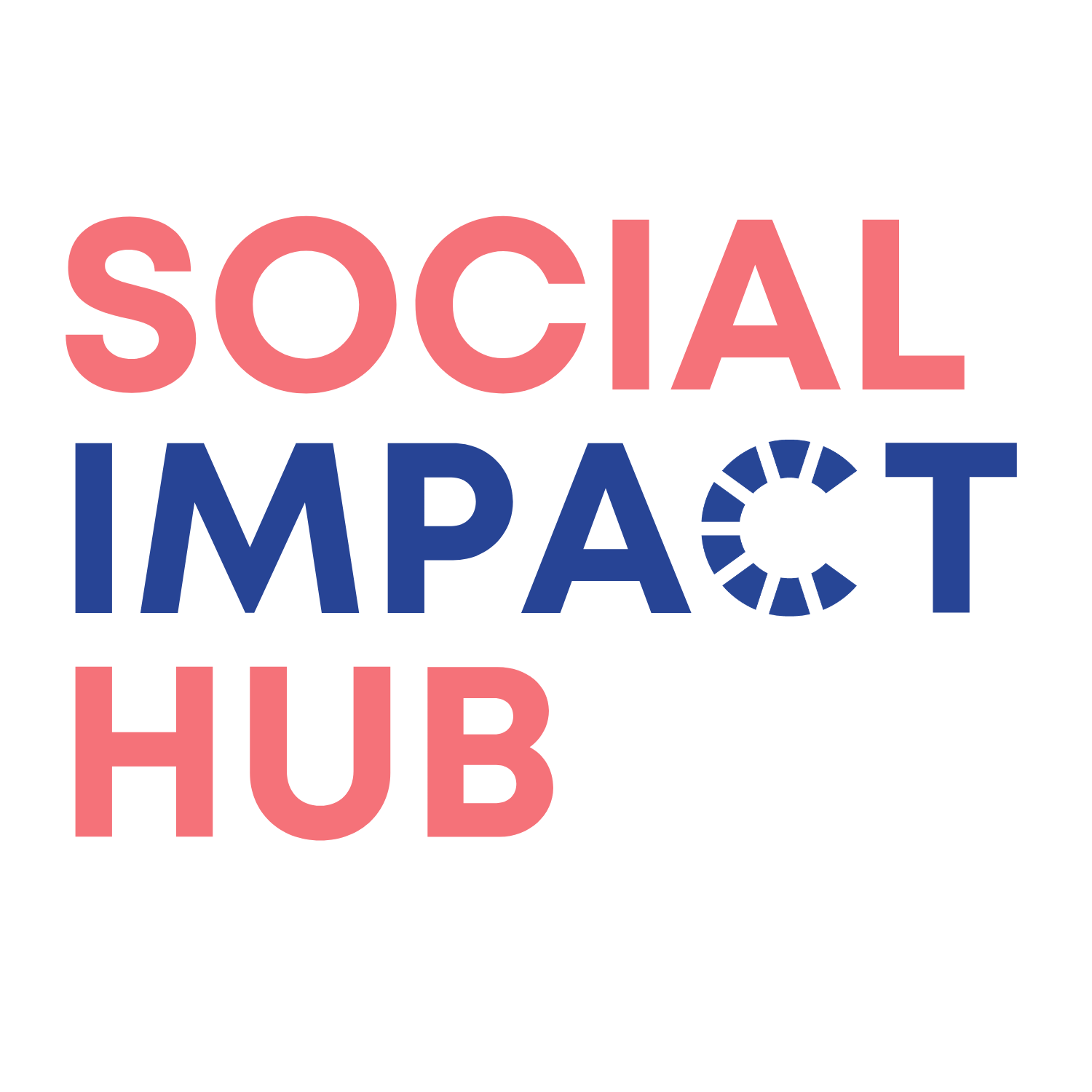Celebrating Communities by Increasing Insight
Over the course of the last 4 months at the Social Impact Hub we were given the opportunity to work with Community Insight Australia. As a team of Master of Commerce students at UNSW Business School, we were attracted by the opportunity to use the knowledge and skills acquired on campus in a real life project and it did not disappoint! From Day 1, the project timelines were drawn and we dived in to what proved to be an incredible learning experience.
Conducive Conditions for Learning by Doing
From the outset of our time at the Social Impact Hub, we were thrust into some exalted company. As masters students we were neither lacking in work experience (for our age), nor easily impressed, but across the boardroom table from us were our mentors Jessica Roth, founder and director of the Social Impact Hub and Lopa Mehrotra, entrepreneur and founder of TestToob. We hadn’t even met our project advisor yet and already we had the ear of people with extensive experience in social change and leadership.
Enter Emma Tomkinson
We didn’t have to wait long; within our second hour at the Social Impact Hub we met the founder of Community Insight Australia, Emma Tomkinson. She immediately gave us a positive impression with her affable demeanour and analytical line of thought. Not knowing much about the profile of a social entrepreneur, we were expecting an idealistic person withdrawn from the dour realities of today’s marketplace. It was a misconception that we lost as soon as we stepped inside the social enterprise world and as soon as we met Emma. We couldn’t describe her modus operandi better than she does in her LinkedIn profile; “I take a quantitative approach to social problems and programs for continuous improvement”. It is the same approach that has seen her achieve substantial success in the field with her history including the social impact bonds project for NSW Government from initial idea, through budget commitment and public tender. This same approach leads her to bring the Community Insight platform to Australia from the UK.
Drowning in Data
In 2013, UK Housing think-do-tank HACT and social policy data experts OCSI launched Community Insight in the UK. Having tried to construct social profiles of communities for Government in the UK, Emma has an intimate understanding of the problem the platform solves. She has entered a licensing agreement to bring it to Australia.
While hundreds of publically available datasets are released everyday, many organisations cannot afford the in-house analytical capabilities to better target the work they are doing. Community Insight Australia is a platform that presents this data in easy to generate and analyse user-defined reports, maps and information sets. It aims to empower not-for-profits, housing providers, corporations, local and state government agencies with the information they require to solve local problems by providing better-targeted solutions.
Even though using a Geographical Information System (GIS) platform to approach social or business problems isn’t ground breaking, the user friendly unrestrictive interface distinguishes Community Insight Australia from the existing competition. The interface allows users to define locations of their choice, however big or small, with the hand draw function.
The chosen community or area can be compared or analysed on parameters such as age, population, income distribution, education level, crime rates and approximately 30 others, and the tool automatically generates presentation ready charts, tables and diagrams representing this data.
The longer we worked for Community Insight Australia, the more we were convinced it was the helping hand those drowning in data needed.
Team Tactics
Although the Community Insight platform was set up in the UK for just housing providers, Emma’s broader vision for its application in Australia gave our team with many options in how to approach our role. We were tasked with creating a business plan and investor slide deck to help Emma launch Community Insight Australia. Although all studying a variant of the same degree, we each possessed a distinctive skillset and had individual strengths, which helped us execute the project plan collaboratively. It was our camaraderie and teamwork that helped us get to the finish line. As we progressed in our time at the Social Impact Hub, so did our team chemistry and motivation to deliver the best tools to Community Insight Australia as we could. This lead to the voluntary addition of an internal recommendations document to the deliverables list.
A Social Solution
In line with Emma’s vision, Community Insight Australia aims to function as a social enterprise. It needs to be self-sustainable but also wants to reinvest 75% of its profit to extend both its reach and scope. This reinvestment in the business will allow the organisation to provide subsidised pricing to not-for-profits that could benefit from, but cannot afford, the service. We believe that with the unique capabilities of the product and lean operating costs of the enterprise, the prospect of having sustainable profit growth is a realistic one: our financial forecasts has the organisation repaying investors within three years of operation.
While the practical skills we gained through our time working on this project will serve us well, undoubtedly the biggest learning curve was in the field of social impact. Through research, field work and contact with others in the social impact space we were able to venture out of our for-profit mind-set and learn ways of doing business by focusing not only on generating shareholder value, but also social value.
As we step out of our graduation hats and into the professional world, we carry with us genuine pride in having played a minuscule role in the foundation of Australia’s latest social enterprise. In parallel, the Social Impact Hub has played a role in the making of us as Australia’s next changemakers.
You can download the student's business plan for Community Insight Australia here.
Written by Vruchi Waje, Luis Guevara, Yueshu Huang and Monti Daryani
